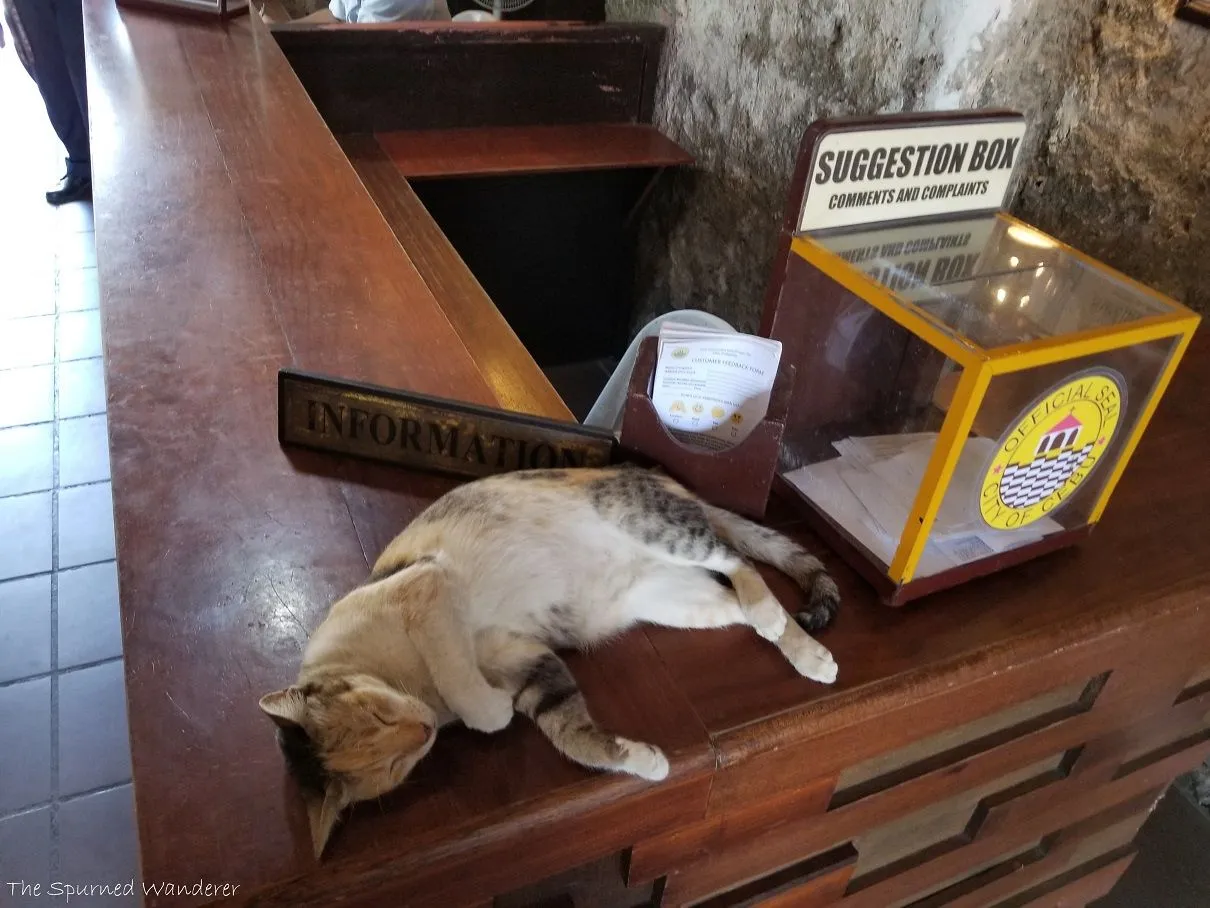
OK so day 4. Our flight was scheduled to depart at 7:30 so the shuttle picked us up at 5:30 from our hotel for the 30 minute ride back to the airport. Cost was the same at 150 pisos pp and we got there right after 6 after picking up a few other people on the way. The line was pretty long to get in (the airport was still opening and we had to go through FIRST security) Again we had to show proof that we already had tickets to get through this security point.
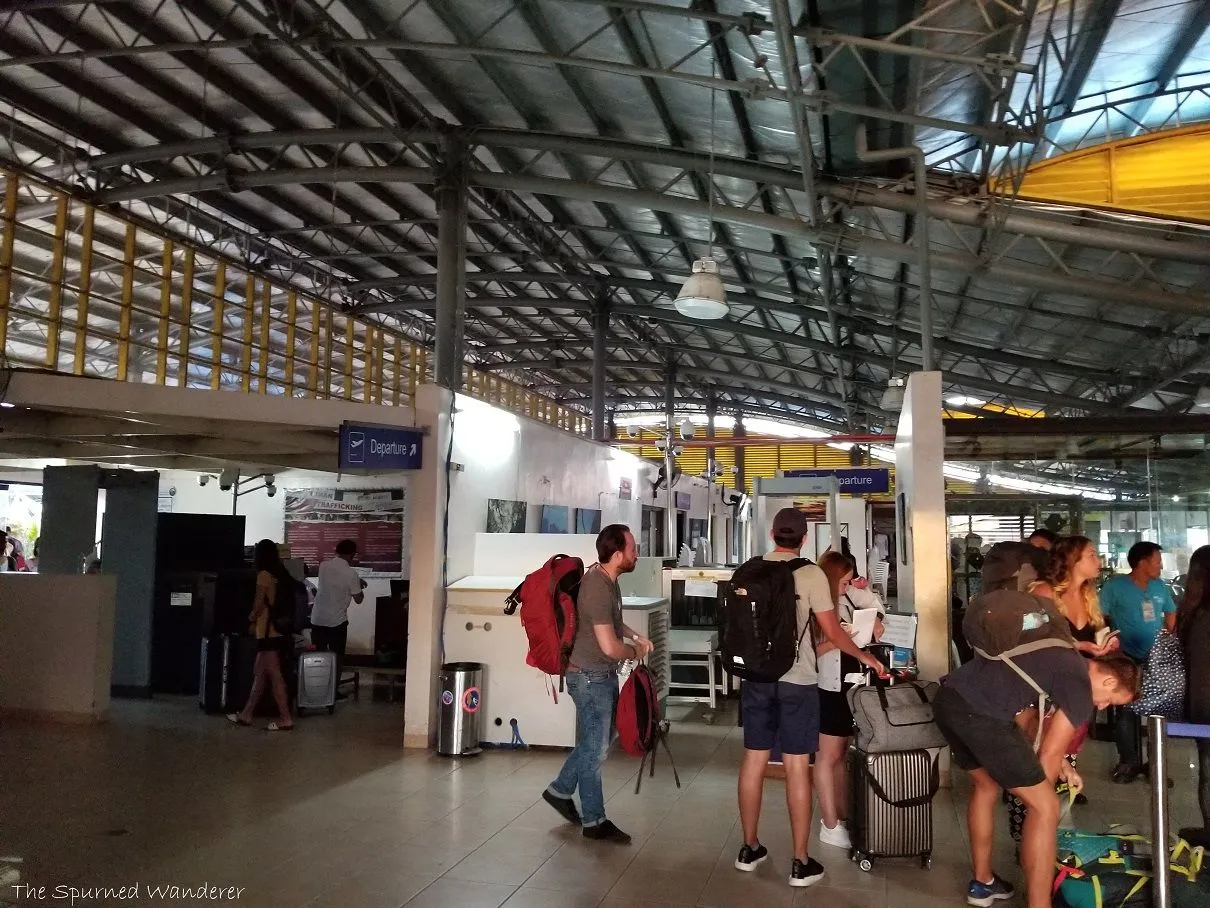
Pretty much the entire airport in one shot
Once in, we went to one of the 3 booths, they weigh your carry on (and this time we could only have 1!!) and then you go through 2nd security… which ironic enough there was a guard sitting there telling you the machine was broken and to just go on through haha but he was checking our boarding passes at least. Then once again like an hour before our flight they started boarding and we were off a few minutes early.
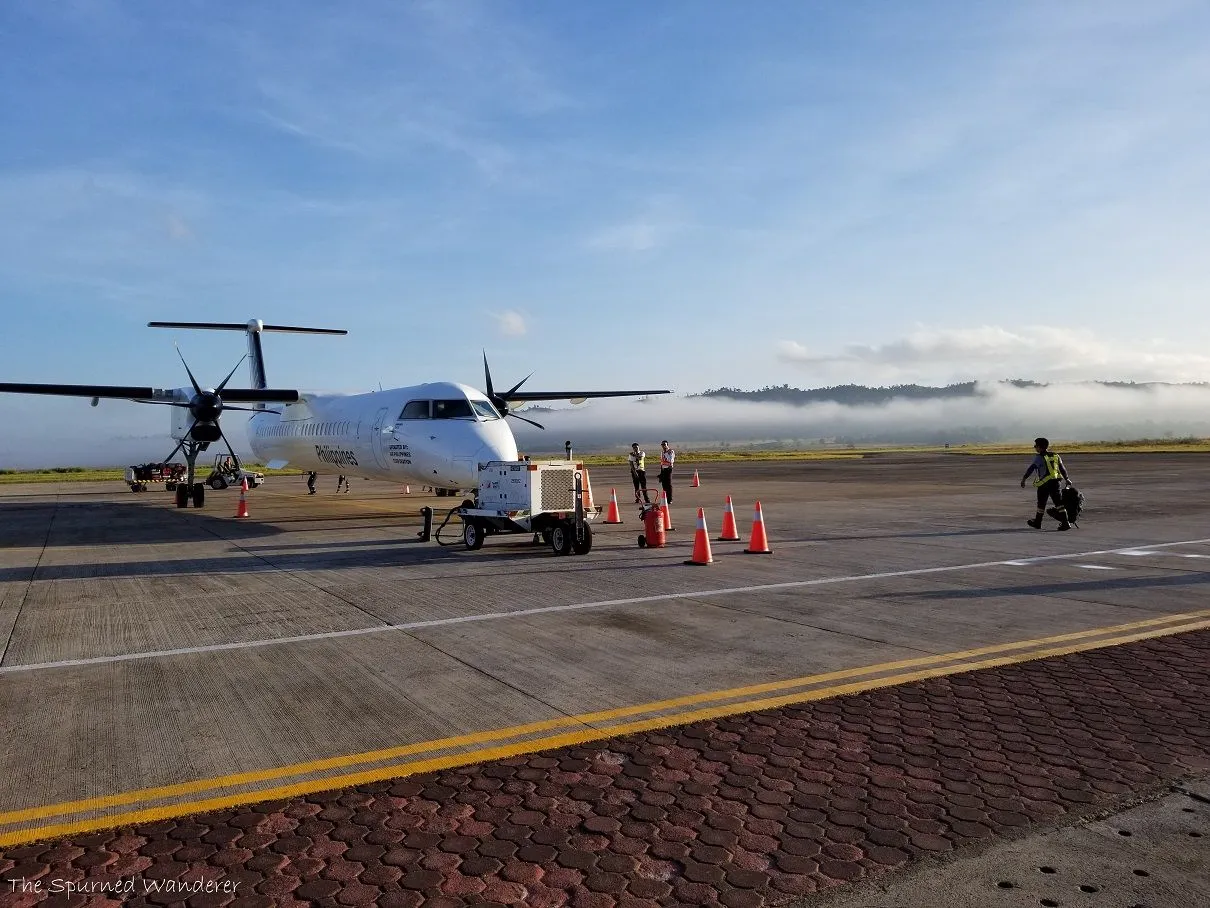
The fog that was sitting low on the island made a pretty cool backdrop for the little propeller plane we got on
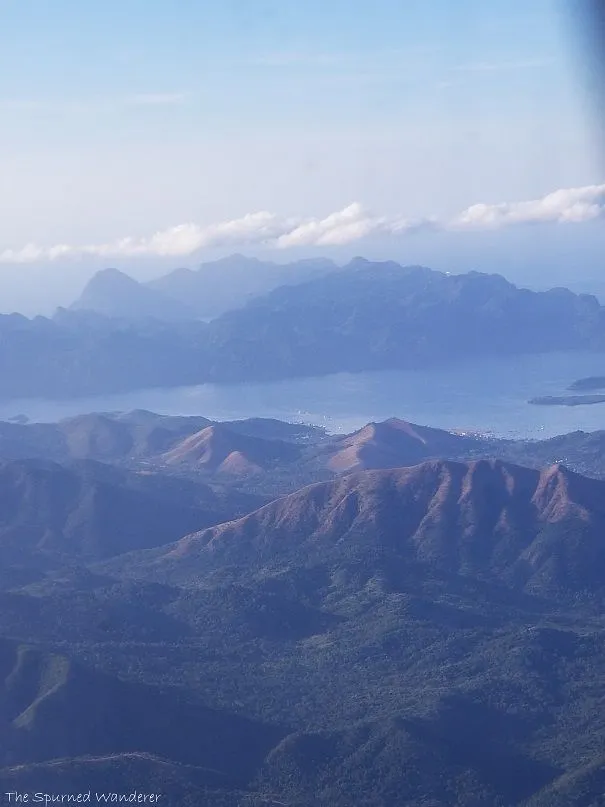
View as we flew over Busuanga (Coron town proper) Island
Once we landed in Cebu, we praised the money gods for working ATMs (as both of us had basically no cash) and we spent a bit of time sorting out how to get to Oslob. The cheapest option is the BUS, but everyone was horrifying us with tales of 5-6 hour bus rides with no potty brakes and in some cases, no AC… that wasn’t appealing. But the people in the airport were chalking up a private car to be over 3000 pisos (like 60+ dollars) and we’d still be in traffic.. with just a bit more flexibility on stops.
Ultimately we left the AP scammers behind, took a grab cab (which saved us nothing.. ended up being a metered cab instead of like UBER) and headed to our first historic site in Cebu.
Fort San Pedro
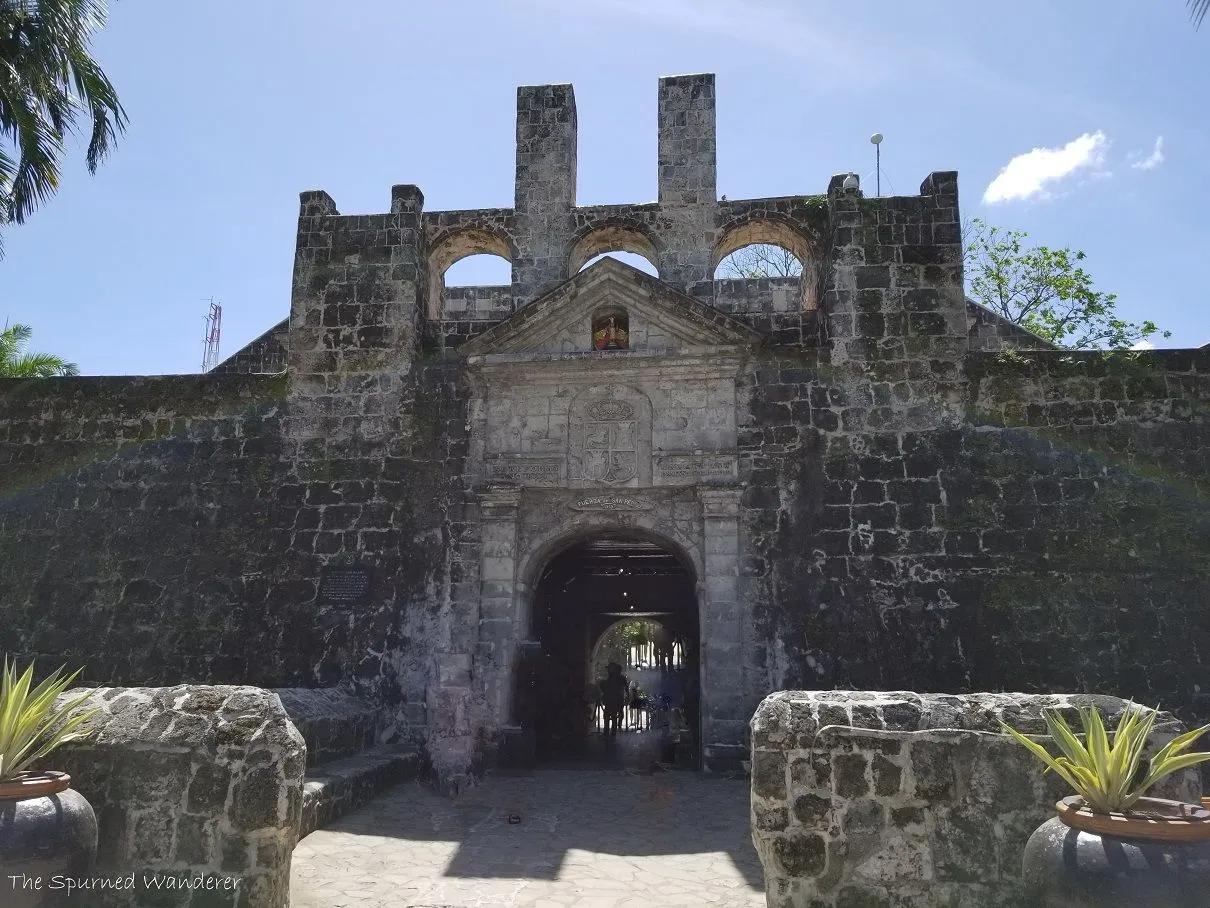
It took us 45 minutes from the airport to get there but the cab dropped us off out front, I bought my ticket, Tippe attempted to buy a ticket but they didn’t have enough change for our recently ATM drawn bills so we both got in for 30 pisos.
The fort is beautiful and reminiscent of St. Augustine but even smaller! It was hard to imagine this defending all of Cebu back in the day but I guess it did the trick since it is still standing.

A bit of history:
It was built by the Spanish under the command of Miguel López de Legazpi, first governor of the Captaincy General of the Philippines. The original fort was made of wood and built after the arrival of Legazpi and his expedition. In the early 17th century a stone fort was built to repel Muslim raiders. Today's structure dates from 1738 and is the oldest triangular bastion fort in the country. It was the center of the first Spanish settlement in the Philippines. During the Philippine Revolution at the end of the 19th century, it was attacked and taken by Filipino revolutionaries, who used it as a stronghold.
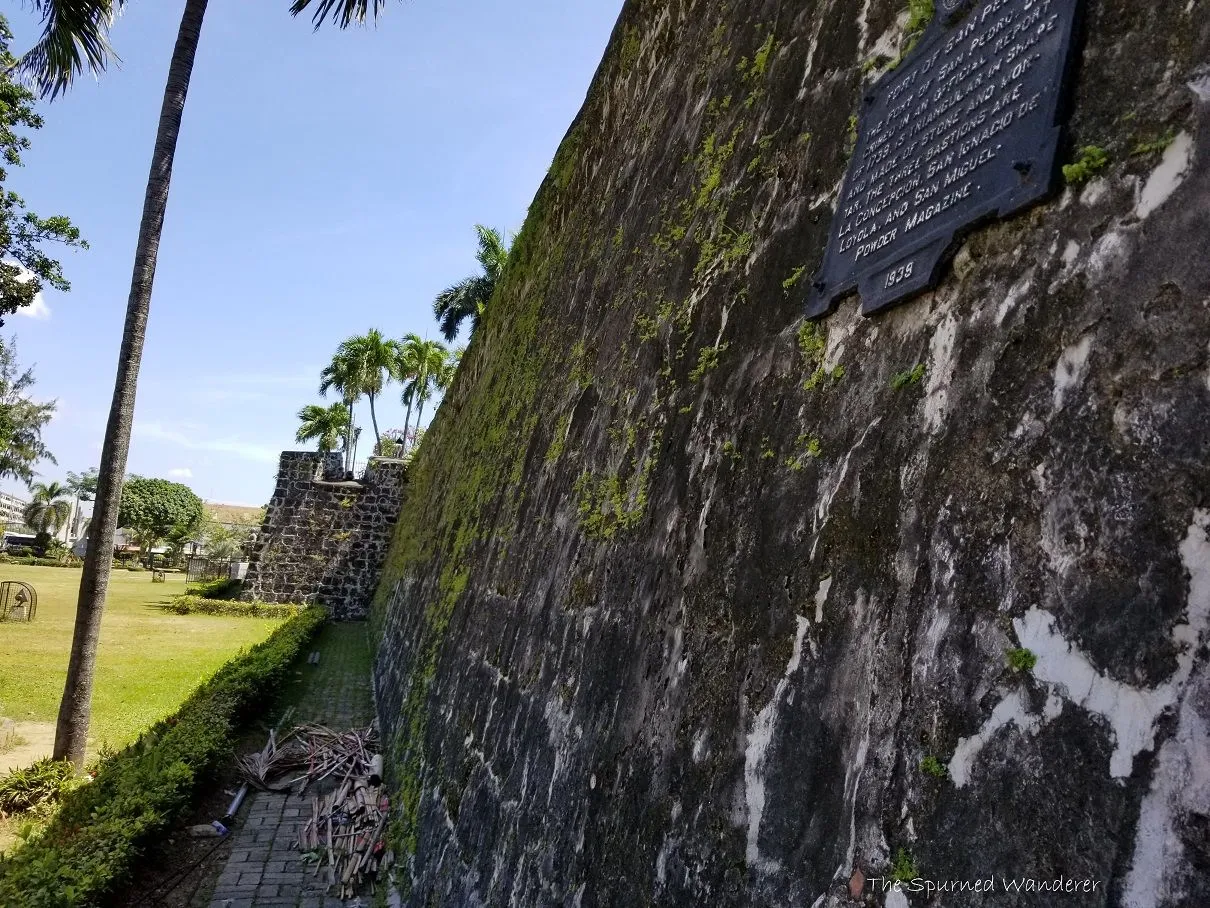
Following the revolution, the US stepped in and with the victory at the Battle of Manila Bay in 1898, the Spanish era in the Philippine Islands came to an end. The fort then became a part of the American Warwick barracks during the American regime. From 1937 to 1941 the barracks were converted into a school where many Cebuanos received their formal education.
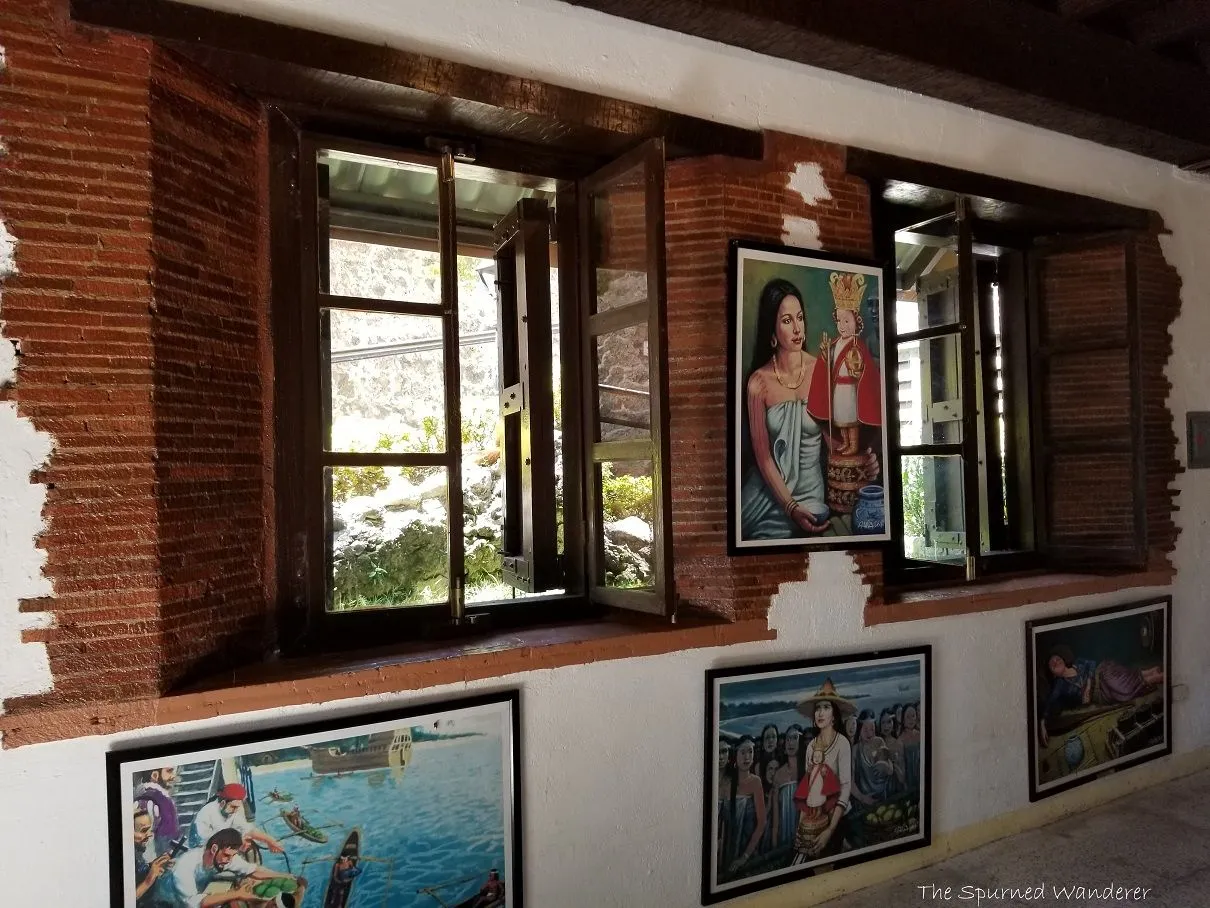
During World War II from 1942 to 1945, Japanese residents of the city took refuge within the walls and when the battle to liberate the city of Cebu from the Imperial Japanese forces was fought, the fort served as an emergency hospital for the wounded.
From 1946 to 1950, Fort San Pedro was an army camp. After 1950sm the fort faced being demolished to replaced by a City Hall, however the people fought back and in 1957, the city council commissioned "The Lamplighter", a religious sect, to manage a zoo subsidized by the city within the fort courtyard.
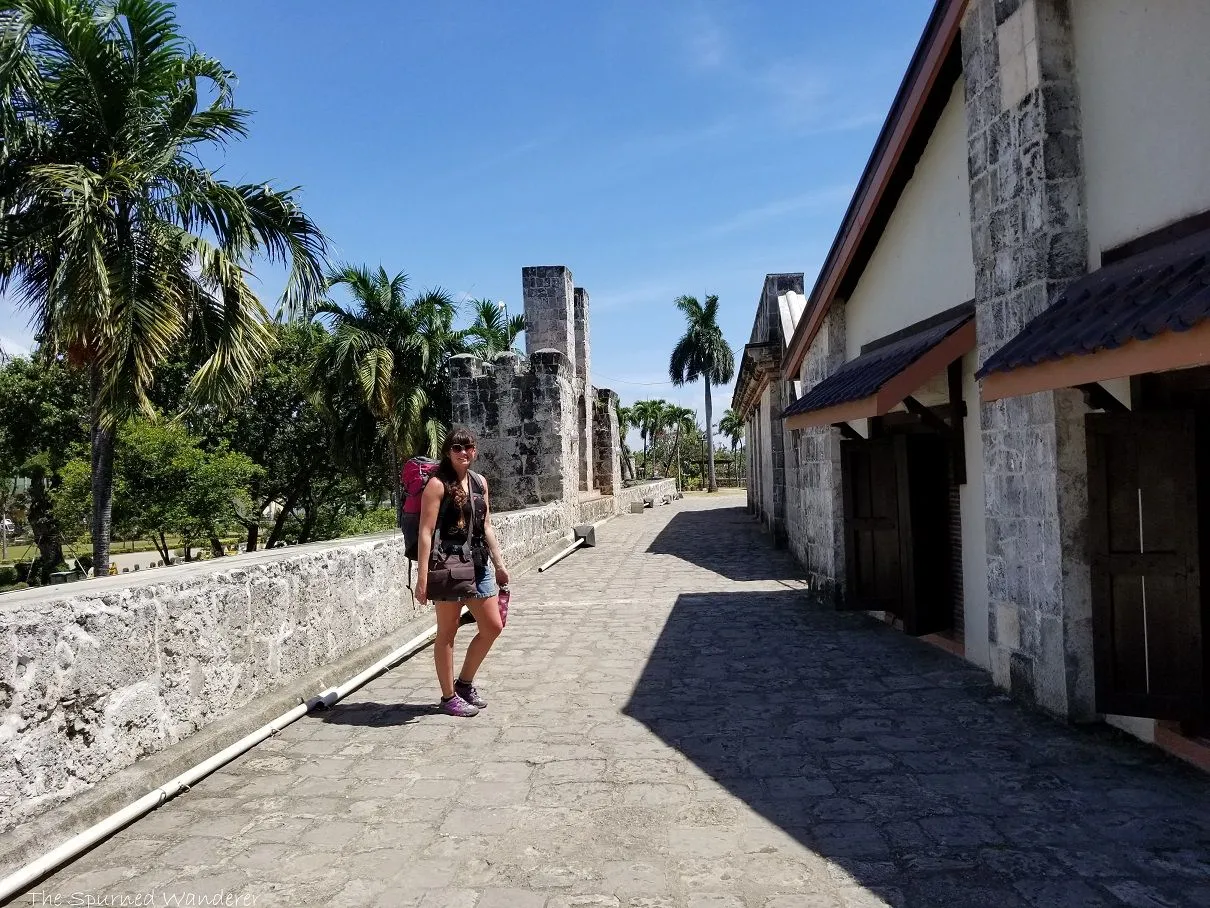
By 1968, the façade, quarters and walls of the original structures of Fort San Pedro were so obliterated that only the two towers were recognizable. Plans for the restoration of the fort was started and the zoo was relocated making the fort what it is today.
About the fort
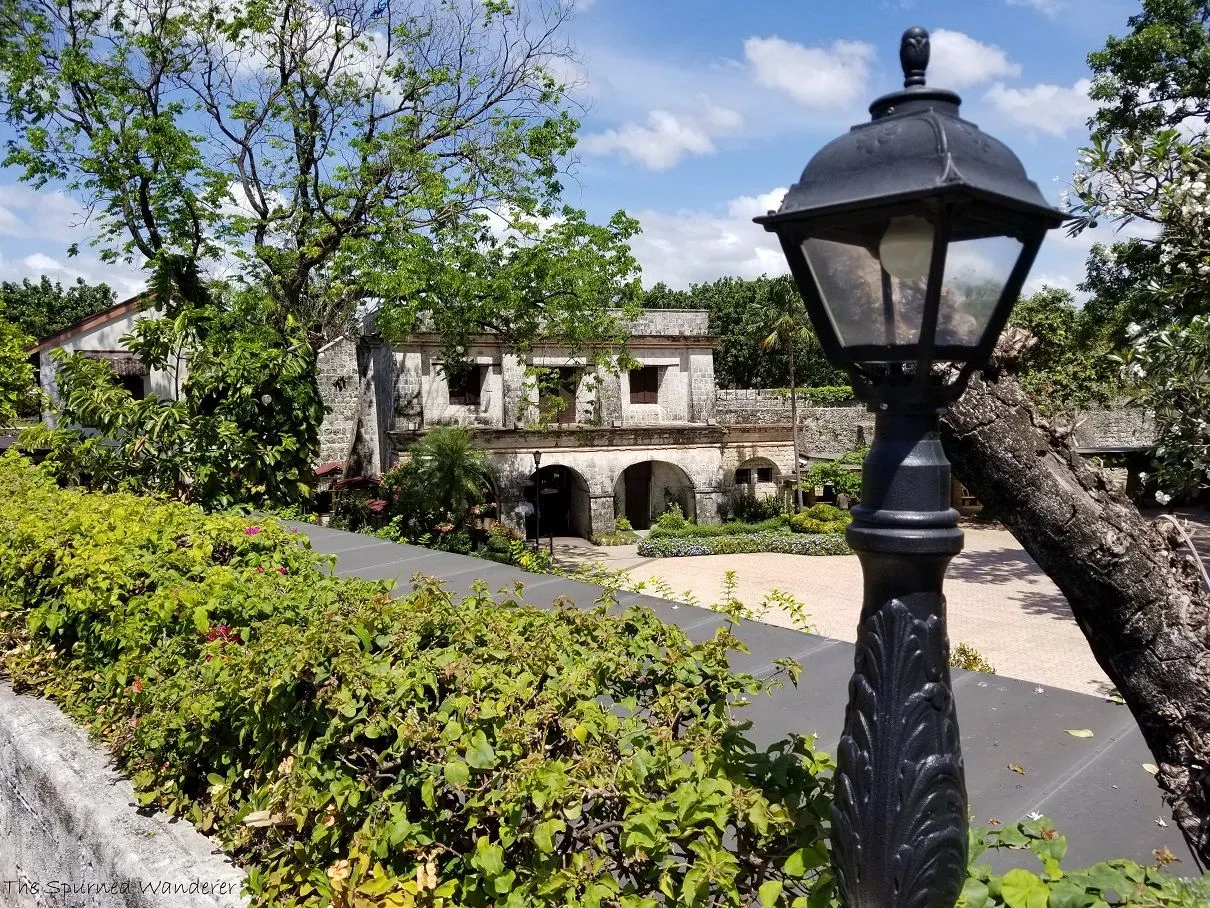
The fort is triangular in shape, with two sides facing the sea and the third side fronting the land. The two sides facing the sea were defended with artillery and the front with a strong palisade made of wood. The three bastions are named La Concepción, Ignacio de Loyola, and San Miguel. It has a total inside area of 2,025 square meters (21,800 sq ft). The walls are 6.1 meters high by 2.4 meters thick (20 feet high by 8 feet thick), and the towers are 9.1 meters (30 ft) high from the ground level. The circumference is 380 meters (1,248 ft). The sides are of unequal lengths and the one fronting the city is where one may find entry into the fort. Fourteen cannons were mounted in their emplacements most of which are still there today.
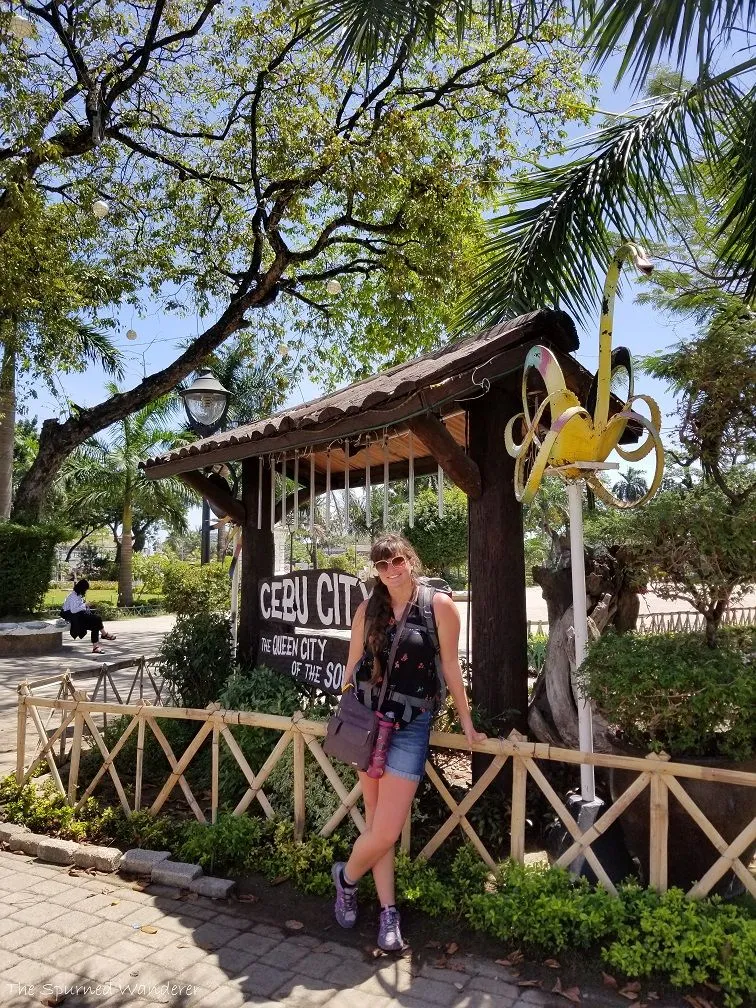
Final Thoughts: While the fort itself doesn't have much information on plaques, pre-load some history or stories to read as you walk around. It's affordable and probably my favorite stop of the day so don't miss it if you have some time in Cebu!
Day 4 Cost to this point:
Shuttle back to Airport: $2.90
Flight from Coron to Cebu: $43.75 pp
Taxi from Cebu airport to Fort San Pedro: $3.17 pp
Fort San Pedro Admission: $0.60 pp
So there you have it, a bit more on the mystery of domestic flights around the Philippines with the history lesson of one beautiful fort.